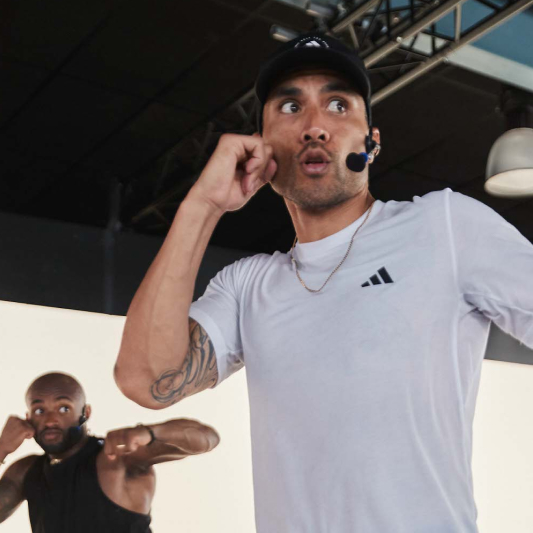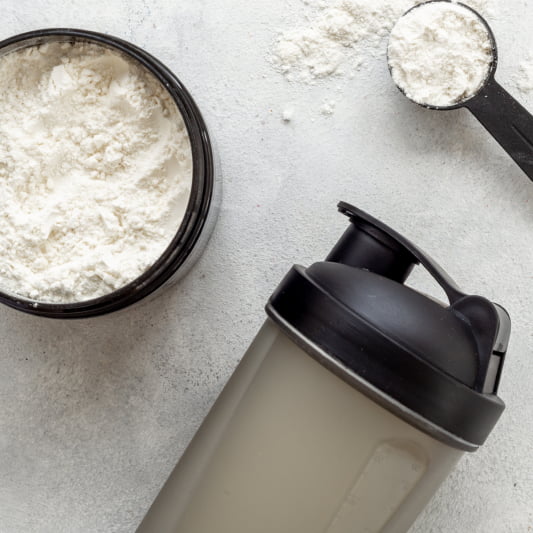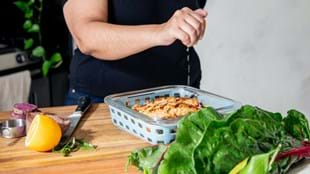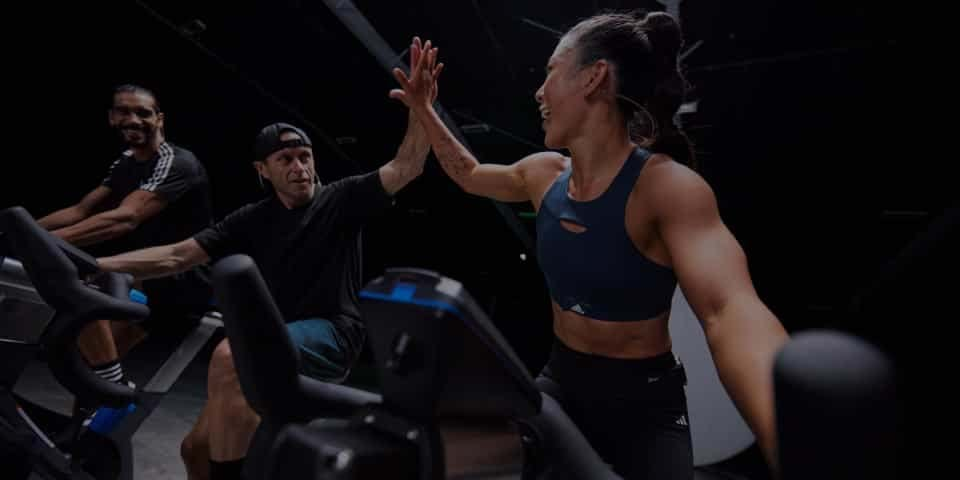I’ll never forget the moment I had to devour a Mars bar midway through teaching BODYPUMP™.
Picture the scene: a rainy Monday night in Birmingham, UK. I’d worked all day in my office job and driven straight to teach back-to-back BODYATTACK™ into BODYPUMP. I’d bought a café mocha from Tesco to give me some energy, but somewhere along the line all that sugar and caffeine had conspired against me to create the biggest sugar crash ever. I managed to surreptitiously eat said Mars bar whilst changing tracks, so I don’t think anyone actually noticed. (At least, nobody said anything to my face). But it was a dark moment indeed.
As group training Instructors, our energy is the driving force that keeps participants motivated and engaged. If we don’t have proper nutrition, it’s easy for our stamina and performance to drop, especially when teaching multiple classes. Here are five hacks to help you fuel your workouts and sustain your energy so you can perform at your optimum.
- Prioritize carbs before class
To optimize your energy and performance, get something into your body before you train, even if it’s early in the morning, says nutrition scientist Penny Matkin-Hussey.
“If you train first thing in the morning, it can be hard because we obviously don’t want to get up an hour earlier to eat an ideal full breakfast. I ask people to just have a banana or a piece of fruit or a few rice cakes with some jam or honey on them. Dried fruit is another good option. Something that’s easy and quick to digest, and convenient. Or you could even have a sports drink or a glass of orange juice – something with high sugar that will be fast to digest. What you want is to be getting at least 45 grams of carbohydrate into you to fuel the morning workout.”

- Hydrate like it’s your job
Staying hydrated is essential, especially when you’re sweating through multiple classes. Dehydration can cause fatigue, reduce performance, and even lead to cramping. To maintain optimal energy levels, hydrate consistently throughout the day, not just during your workouts.
Carry a large water bottle with you and sip regularly between classes. Add a pinch of sea salt or an electrolyte tablet to your water to replenish the minerals lost through sweat. A good rule of thumb is to drink 16-20 oz of water 2 hours before class, then another 8-10 oz 20 minutes before you start.
- Ensure you're eating enough carbohydrates
Teaching multiple classes can drain our energy reserves quickly. Instead of eating large meals that may leave you feeling sluggish, try smaller, frequent meals or snacks throughout the day. This approach helps maintain steady blood sugar levels, preventing energy crashes.
“Nine times out of ten, I'm getting athletes to eat less protein, more carbohydrates,” says Penny. “When it comes to carbs, okay you don’t want to be eating tons of sweets, cakes and cookies, but there is a place for energy-dense foods in the athlete’s diet. If you’re asking someone to eat 3,500-4,500 calories a day, that’s a lot of broccoli, rice, and sweet potato. An athlete’s diet will not be inherently healthy because it’s too much volume to try to get the energy from just whole foods. Things like sports drinks and chocolate milk are really good and convenient if you’re moving around between classes. They're a good source of protein and carbohydrates, while being quick and easy to consume and digest.”

- Spread your protein intake throughout the day
“There’s only so much protein your body can absorb in one go,” says Penny. “You can only really digest about 30 to 40 grams of protein in one sitting, so it’s important to spread your protein intake across the day. If you eat an excess of protein, it can displace carbohydrates due to the high-satiating nature of protein. But we need that carbohydrate. Yes, we need protein for muscle protein synthesis, but we need carbohydrate, and a lot of it, to be able to give us the energy to work out in the gym, to provide the stimulus to repair and ultimately increase muscle strength and size.
“We use the carbohydrate to fuel the session to lift hard. You tear those muscle fibers to create the training adaptation that we want. And then the protein comes in to do the repair work to create the strength afterwards. But if we have too much protein in our diet and not enough carbohydrate, your body will start to use the protein as fuel. But it's a very slow and inefficient process to be able to use protein as a fuel source.
“If we eat more than we need of any macronutrient we store it as body fat. Protein is no different. It’s a complex, slow and inefficient pathway but it will be stored as energy. There is a bit of a fallacy around, “Oh, well, I'll just eat more protein, and if I don't use it, I'll just pee it out". This is not the case.
“If you’re training, you probably want somewhere between 1.6 to 2 grams of protein per kilo of body weight. You don't need to go any higher than that unless you have specific requirements for excessive hypertrophy, and even then, the research is mixed.”
- Caffeine wisely: boost energy without the crash
Caffeine can give you the energy jolt you need but using it strategically can help you avoid the dreaded crash I experienced in that BODYPUMP class. Timing and moderation are key to making sure caffeine enhances your performance without leaving you depleted later in the day.
If you need a pick-me-up, have a cup of coffee or green tea about 30-45 minutes before your class. Avoid overdoing it and try not to rely on caffeine for every class to prevent dependency. Pairing caffeine with a balanced snack can also help smooth out the energy boost, making it last longer without a crash.








